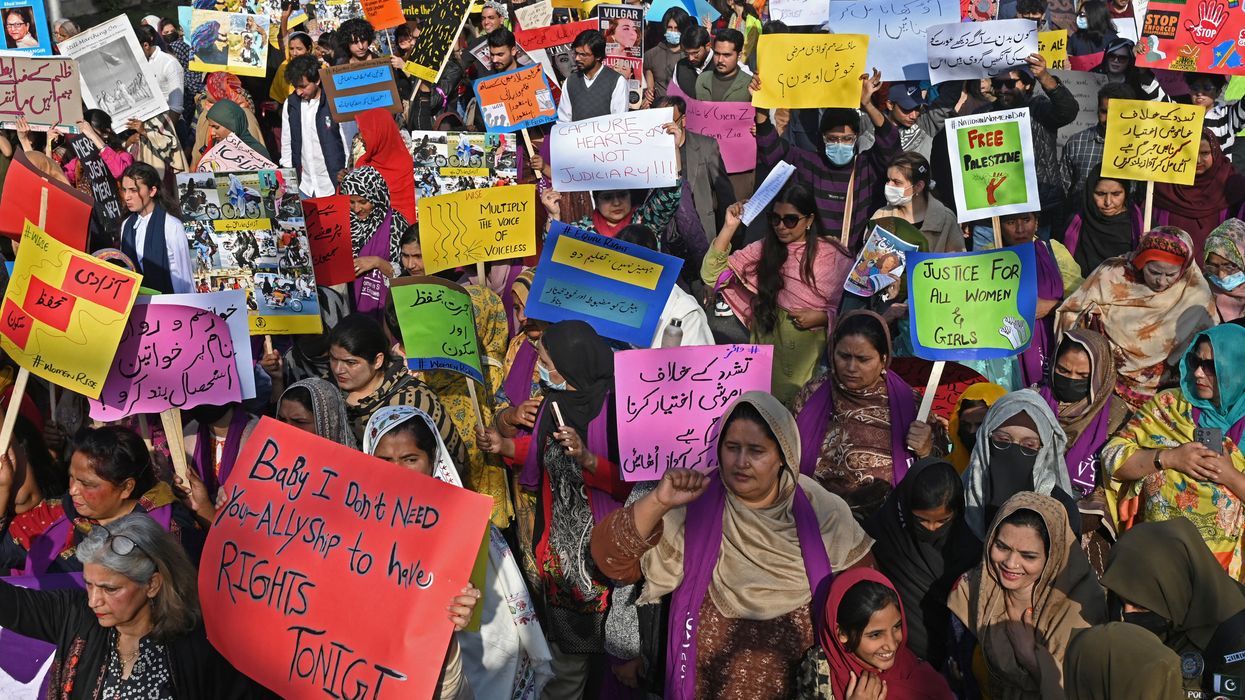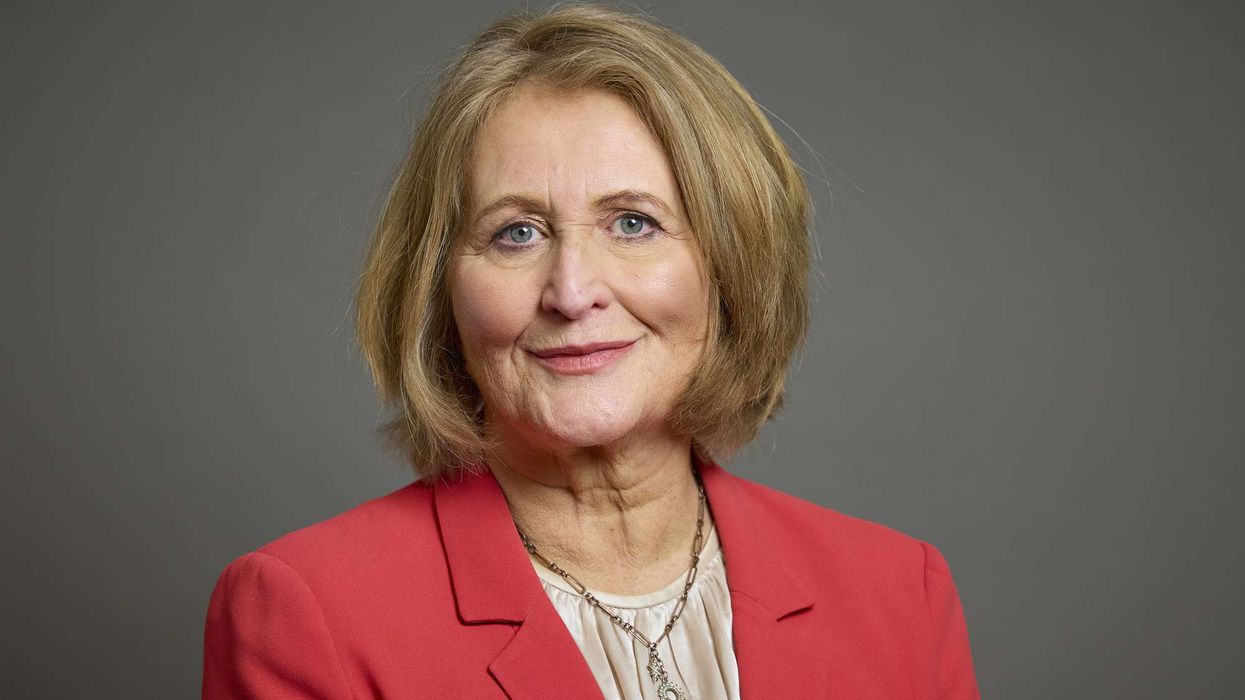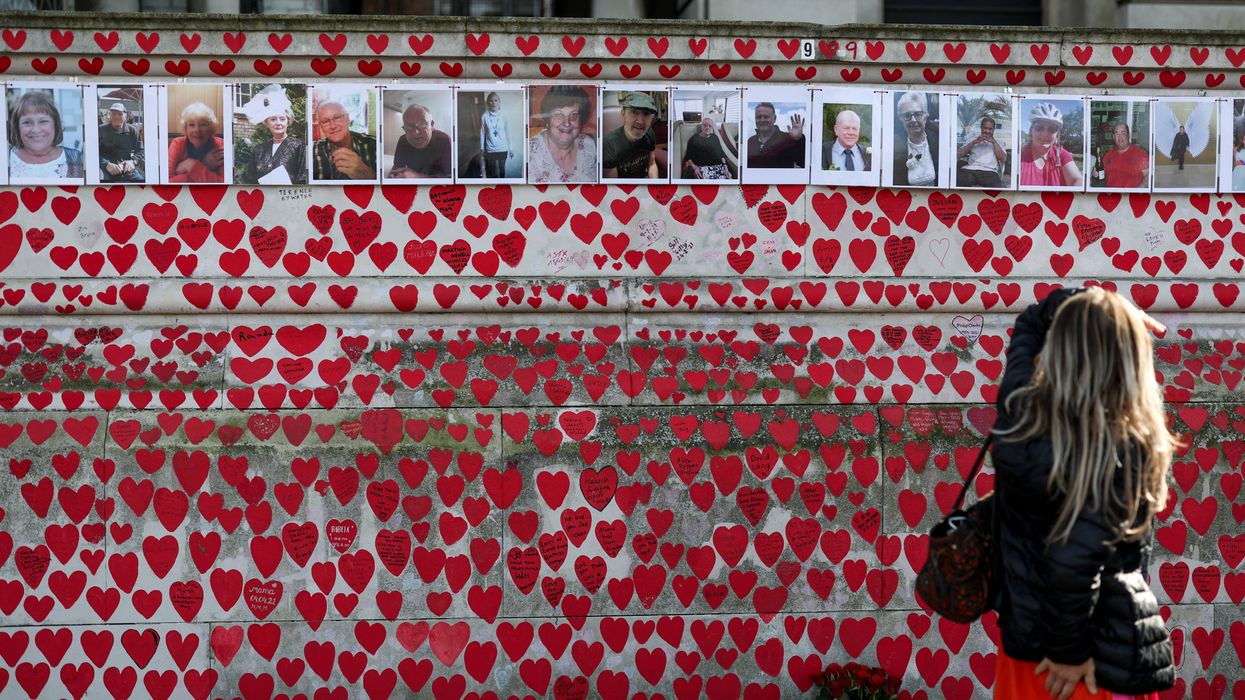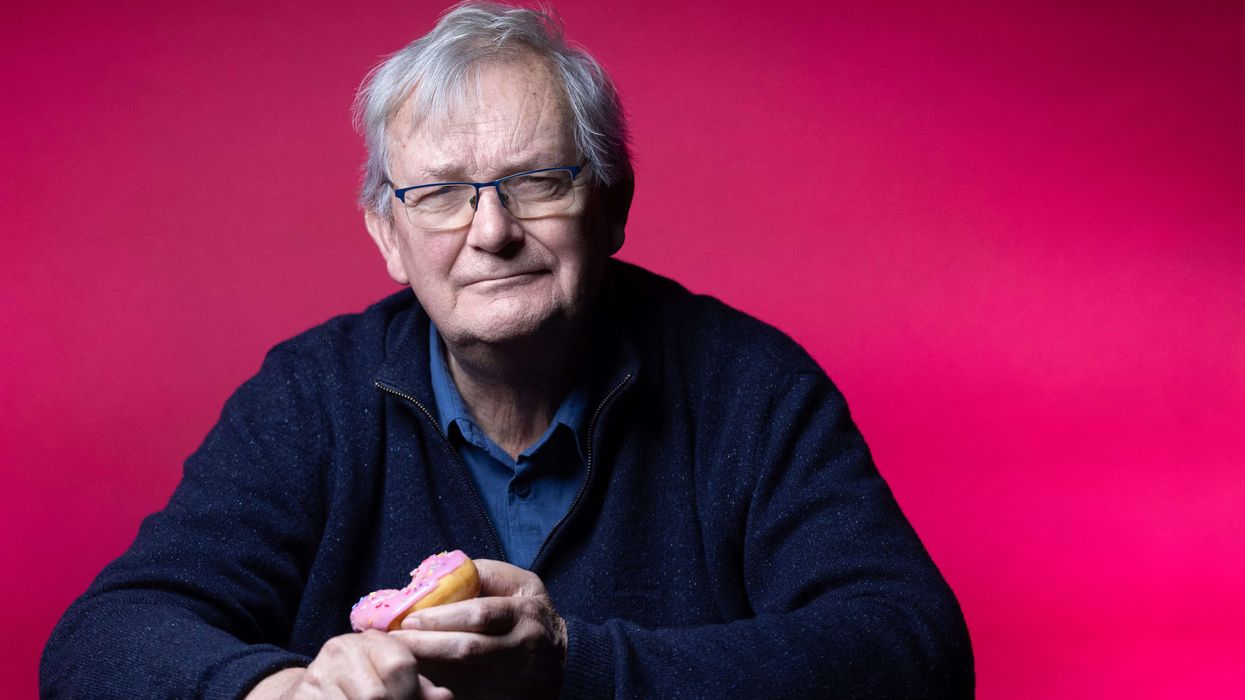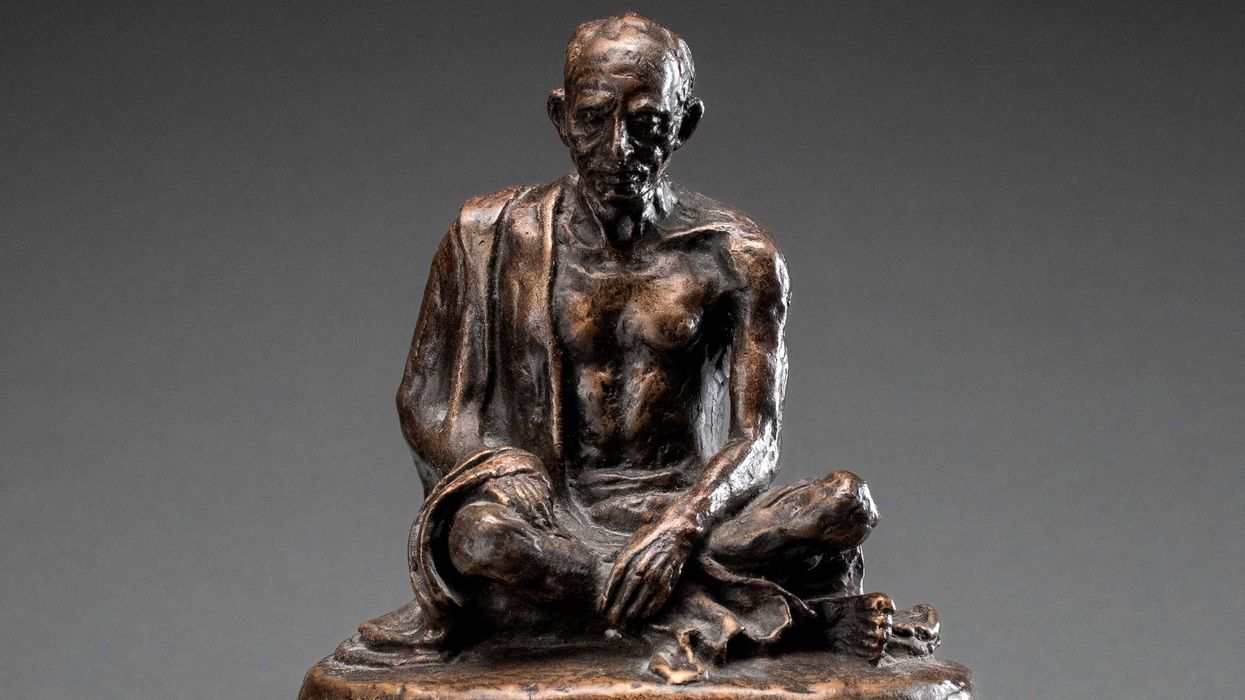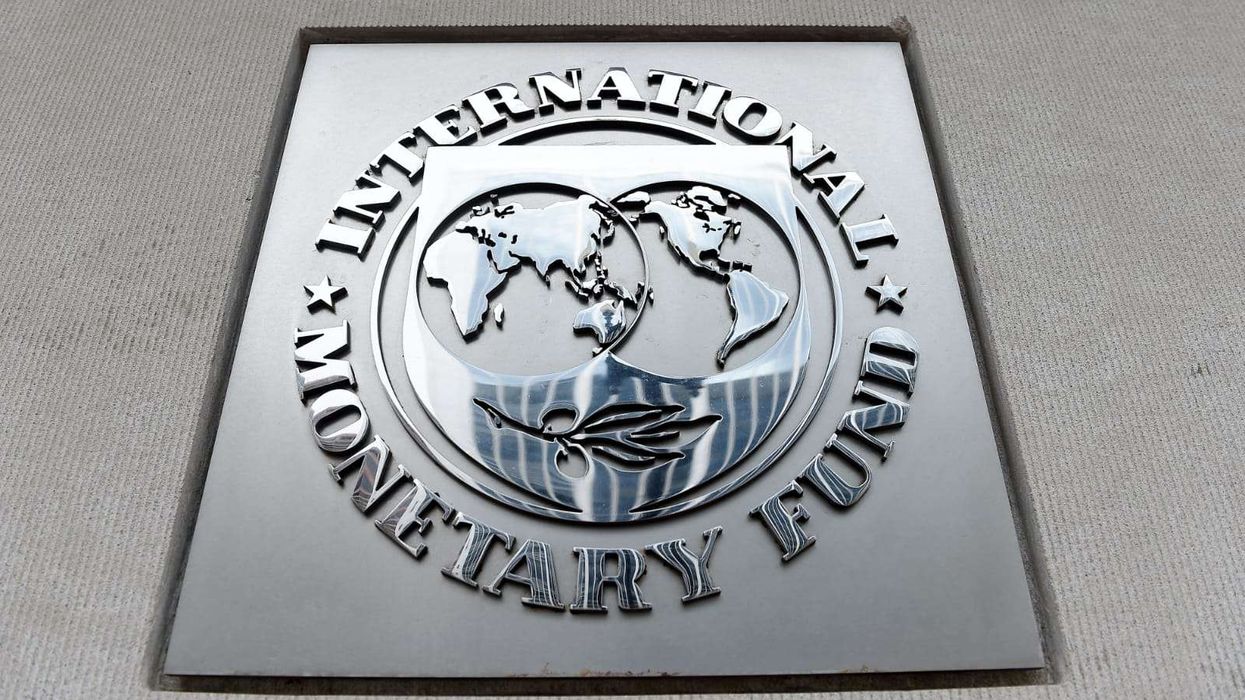A YOUNG feminist movement, criticised for being influenced by Western values, joined a veteran activist group to mark Pakistan’s national women’s day last Wednesday (12).
Aurat March emerged in 2018 alongside International Women’s Day but has faced backlash, accused of vulgarity and undermining family values for addressing divorce, harassment, and consent.
It joined Women’s Action Forum (WAF) for the first time this year to commemorate February 12, 1983, when women staged a milestone demonstration against military dictator General Zia-ul-Haq.
“We want to celebrate and honour the women who have fought for women’s rights from 1983 to now and even before that,” Haiqa Nasir, a member of Aurat March in Lahore, said.
More than 300 women and men marched in the city in Pakistan’s east carrying placards reading “freedom, security, peace”.
WAF was formed in 1981 in response to Haq’s Hudood Ordinance - a process of Islamisation criminalising adultery and making a rape victim liable to prosecution if she could not produce male witnesses.
The laws have since been repealed. “Now, it is our time to go – we are here to hand over the reins to the younger generation,” said 79-year-old WAF member Khawar Mumtaz.
WAF activist Erum Malik said partnering with Aurat March was “a step forward”.
“Movements take generations to reach their goals,” she told AFP. “It’s about our yesterdays, today and tomorrows.”
Organisers of last Wednesday’s rally were initially refused permission on security grounds but received the go-ahead after a court challenge - a battle familiar to Aurat March.
Criticism of the feminist group often overshadows its calls for improved girls’ education, political representation and an end to bonded labour.
Their marches attract thousands of young women protesters across the country, with counter-rallies staged by religious groups calling for the preservation of Islamic values.
